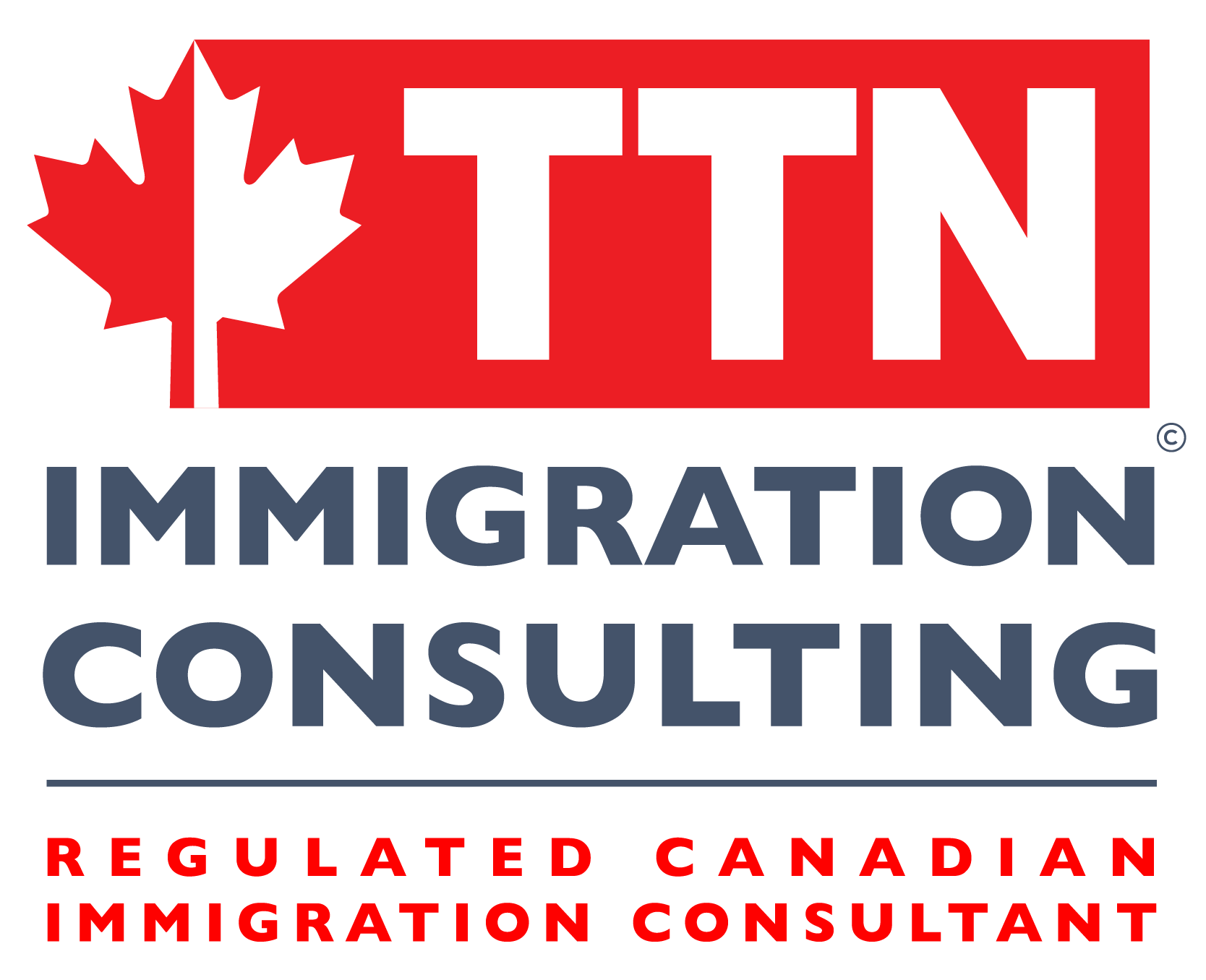Jobs received most LMIA, 2023
Gaining work experience in Canada is essential for many newcomers on their immigration journey. It not only boosts their eligibility for immigration but also enhances their skills to better match the labor market.

Typically, the ability to work in Canada is granted through a work permit, which allows individuals to live and work in the country as temporary residents. For newcomers who do not have access to other types of work permits, obtaining a work permit supported by a Labour Market Impact Assessment (LMIA) can be a valuable option.
Labour Market Impact Assessment (LMIA) is the Canadian government's evaluation of how hiring a foreign worker will affect the Canadian labour market. To support a work permit application, the LMIA must return a positive or neutral result; a negative result disqualifies the position from eligibility for this type of work permit. An LMIA also helps determine if a Canadian citizen or permanent resident is available to fill the job.
Positions that receive LMIA are often in high demand within Canada. Below is CIC News's breakdown of the jobs that received the most LMIAs in 2023, based on data from the Canadian government.
What were the top ten jobs that received LMIAs?
According to Canada’s open data portal, in 2023 the following jobs received the most LMIAs throughout the year:
| Job Title | 2016 NOC Code | LMIAs issued in 2023 |
|---|---|---|
| General Farm Workers | 8431 | 8289 |
| Cooks | 6322 | 5187 |
| Food service supervisors | 6311 | 3739 |
| Food counter attendants, kitchen helpers and related support occupations | 6711 | 2576 |
| Administrative assistants | 1241 | 1619 |
| Retail sales supervisors | 6211 | 1358 |
| Information systems analysts and consultants | 2171 | 1168 |
| Computer programmers and interactive media developers | 2174 | 1133 |
| Transport truck drivers | 7511 | 1131 |
| Construction trades helpers and labourers | 7611 | 994 |
| Administrative officers | 1221 | 990 |
The job titles and employment codes mentioned above are aligned with the National Occupational Classification (NOC) 2016 codes. Canada utilizes the NOC system to categorize and classify occupations across its economy. Notably, many of the NOC codes from 2016 were revised and expanded in 2021, resulting in more detailed classifications for jobs that were previously grouped together.
As an example, the National Occupational Classification (NOC) Code 8431 for General farm workers in 2016 was expanded in 2021 to include:
- 84120, Specialized livestock workers and farm machinery operators;
- 85100, Livestock labourers; and
- 85101, Harvesting labourers.
To explore how NOCs and job positions have evolved from 2016 to 2021, you can refer to the IRCC's conversion table for NOC codes here.
Among the top 100 jobs that obtained Labour Market Impact Assessments (LMIAs) in 2023, the majority were in administrative, construction, farming, technology and technology management, transport, logistics, and food-service sectors of the economy.
In total, the Canadian government issued over 60,000 LMIAs to support the hiring of foreign workers that year. These workers obtained their work permits through various streams of the Temporary Foreign Worker Program (TFWP), the primary immigration pathway for LMIA-supported work permits.
The TFWP encompasses several streams, each with specific eligibility criteria based on job type, industry, responsibilities, and wages. In the top 10 jobs receiving LMIAs last year, four were from the low-wage stream, 4 from high-wage stream, 1 from Global Talent Stream (GTS), and 1 from Primary Agriculture stream, which received the highest number of LMIAs.
How can newcomers make use of this information?
Newcomers can leverage this information by targeting occupations that have historically received a high number of Labour Market Impact Assessments (LMIAs) when seeking employment opportunities that require an LMIA. This approach may increase their chances of finding employers willing to sponsor their work permits.
It's important for newcomers to understand that employers are responsible for applying for the LMIA and covering associated fees. Employers must also adhere to the TFWP standards , including advertising job positions publicly for a specified duration.
In March 2024, Canada introduced several changes to the TFWP and LMIAs, including adjustments to validity periods and workforce quotas. To gain a comprehensive understanding of LMIAs and the application process, newcomers can visit this link. For more information about the TFWP, click here.
English version: https://ttnimmigration.ca/vi/en/cong-viec-nhan-duoc-nhieu-lmia-nhat-nam-2023/

